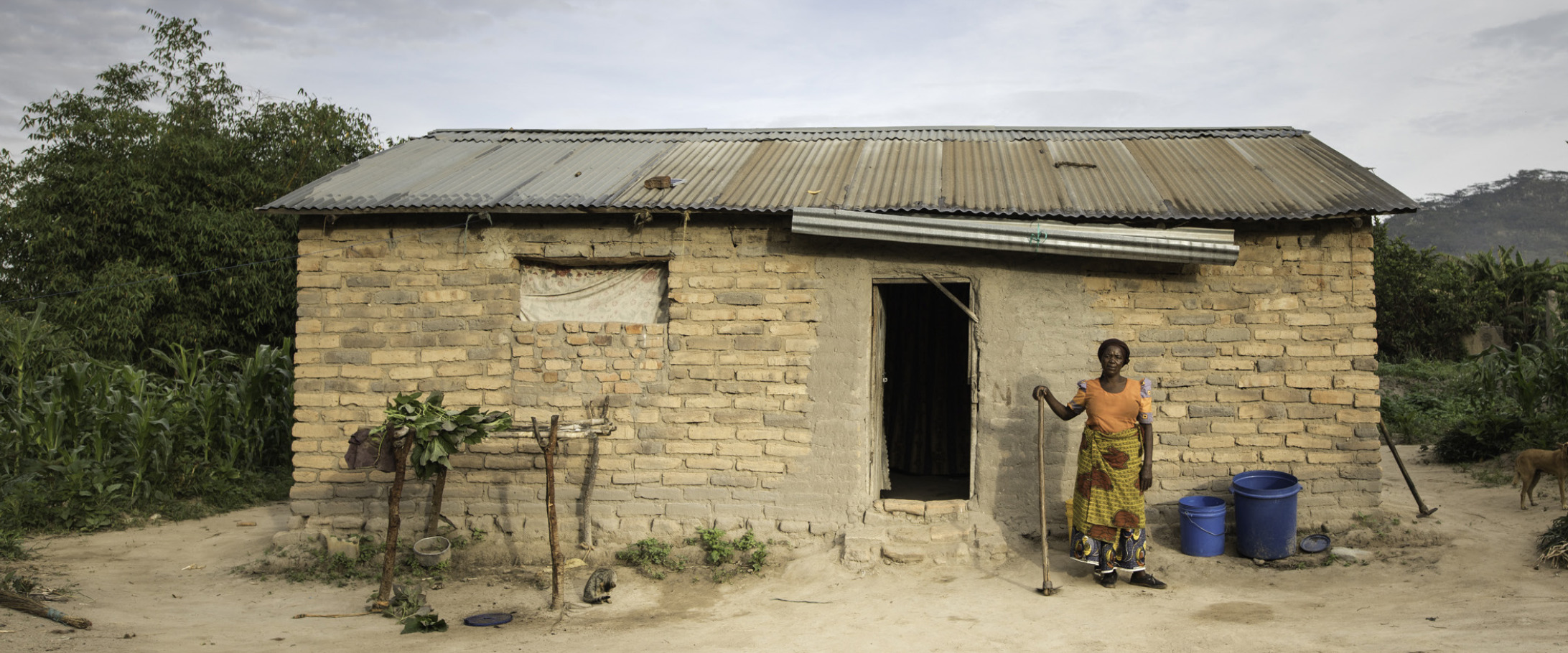In remote Papua New Guinea (PNG), women face a treacherous journey to reach basic medical care. CARE Australia’s Laura Dunens, discovers that this is preventable through the training of village health volunteers (VHVs).
Jenny, a mother-of-seven, lives in a small, isolated village in PNG’s Eastern Highlands Province.
Like so many in her region, Jenny is a farmer. She grows coffee, sustains her family with food from their garden, and sells whatever surplus crops she can grow at the market in Simbari. While her garden provides them with fruit and vegetables, Jenny and her family can go up to three months without eating any animal protein when money is scarce.
Once a week, she must make the journey to Simbari to sell her produce, and buy staples like oil and soap.
It’s a gruelling six hour walk from her village. The steep mountain track zig-zags steeply through dense rainforest, crossing wild rivers and ravines, made dangerously slippery by muddy clay.
‘I feel really bad. It’s a long walk and we carry kaukau [sweet potato], coffee and kids on the way. We suffer from backaches and joint pains. Sometimes I feel like it’s not safe,’ Jenny says.
‘Sometimes I want to stay back, I don’t want to walk. If I don’t walk, we won’t have oil and soap, we won’t have clothes. So I have to walk.’
She says if she didn’t have to spend so much time walking, she would be able to spend more time growing more food for her family to eat and to sell.
Jenny’s story is not uncommon. In PNG, women are particularly disadvantaged. They suffer disproportionately from poverty and experience major barriers to participate in their communities due to lower literacy levels and education, high incidences of gender-based violence and poor access to health care services.
Simbari, where Jenny sells her produce, is also home to the local medical facility. Heavily pregnant women, and sick and elderly villagers must travel this same path to access basic medical care.
The walk is so strenuous that Jenny is one of many women who have gone into labour while on the path to Simbari, trying to reach medical help.
‘I felt scared and I was in pain,’ she says of her experience giving birth in the mountains. ‘After the delivery I couldn’t walk.’
She worries that the health facility is so far away. If her children are sick, Jenny always takes them to get treatment. But if she’s not able to walk, she must stay in her village without medical care.
To help address the healthcare gap in Jenny’s district, CARE is training village health volunteers (VHVs). VHVs provide basic health support, encourage pregnant women to attend health facilities for antenatal care and for delivery, and can accompany the women to make them feel more comfortable. VHVs also promote personal health and hygiene, and teach the community about diet and nutrition.
This village-based health support can become even more valuable in the wet season, when the route to Simbari can be particularly hazardous. The treacherous Tarweka River lies between Jenny’s village and Simbari. In the wet season, it becomes a raging rapid, washing entire trees downstream and destroying the makeshift cane bridges that litter its banks. Jenny remembers a father and son who tried to repair a cane bridge; they were swept away and drowned in the river.
While she would prefer to give birth in the health facility in Simbari, when the river becomes too dangerous to cross, she is stranded. In the past she had to give birth in her village, away from medical care, because she couldn’t cross the river.
Earlier this year, CARE worked with the communities surrounding the river to replace several dangerous cane bridges, which were frequently washed away, with a new footbridge. Constructed with concrete and metal, materials for the 76-metre suspension bridge were carried in from the Simbari airstrip by local residents, who were eager to take responsibility for constructing their new bridge. It’s an incredible feat; the 4km walk takes several hours each way and is extremely challenging. Hundreds of trips were needed to transport all the materials.
The new bridge makes Jenny’s difficult journey less dangerous. Now, villagers are proud that those coming to and from Simbari can cross the river safely – even in the wet season – as the water rages beneath them.
CARE is encouraging and facilitating participation in local governance, especially for women. This gives people like Jenny the opportunity to be involved in identifying local priorities and developing plans to work with local government to achieve them.
The footbridge is evidence of the difference this process is making. It was through the CARE-supported Ward Development Committee (WDC) that the need for a new footbridge was prioritised and realised. WDCs are ensuring that women like Jenny are involved in shaping the future of their community. Now, her dreams for her community have the potential to become reality.
You can help protect mothers and babies by making a donation today.
